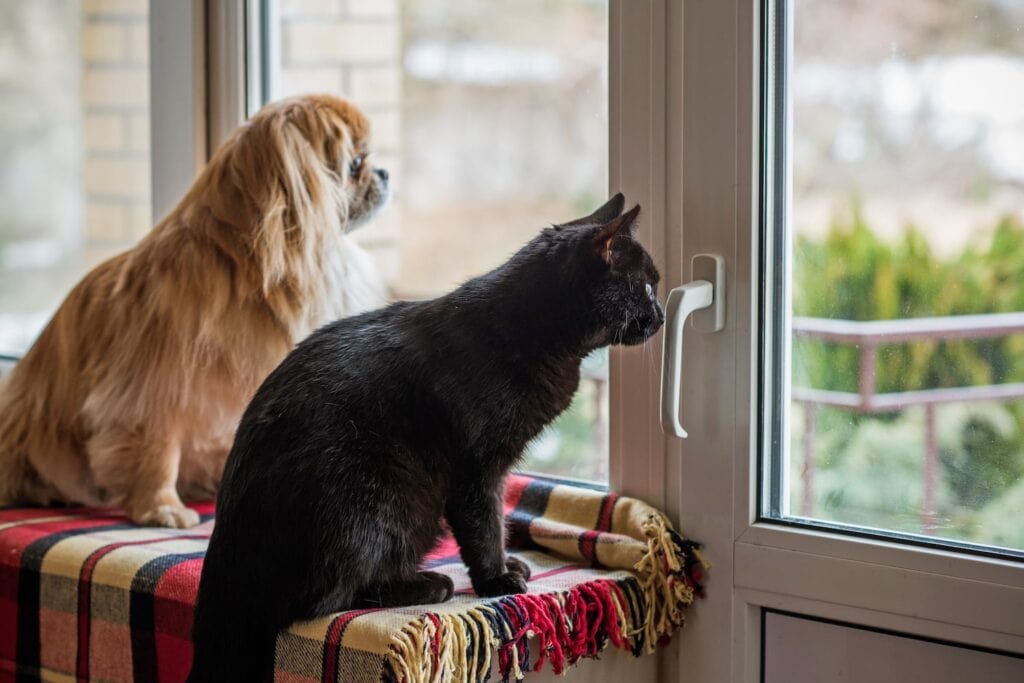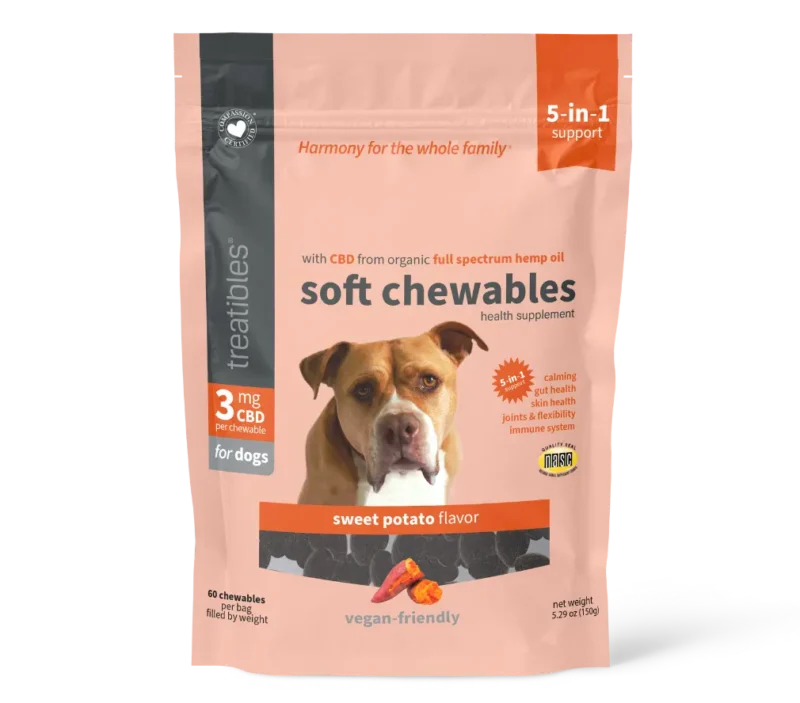Since March, a majority of Americans have been following state mandates to stay at home. Now that restrictions are beginning to lift and more people are returning to work and venturing out into the world, the routines our pets have adapted to over the last few months are changing.
This can be quite confusing for our furry friends. They’ve grown accustomed to being around their humans 24 hours a day. They’re used to the extra affection, walks, playtime and level of activity in the home.
Even the most well-adjusted pets can experience stress, anxiety and depression when the home dynamic changes. These feelings can compound and may develop into separation anxiety.
Some of the signs your pet may be feeling stressed or anxious include:
- Suddenly becoming destructive (chewing on furniture, getting into the garbage, etc.)
- Excessive barking
- Irritable responses, such as biting or growling
- Inappropriate peeing or pooping in the house
- Litterbox avoidance
- Becoming aggressive toward family members (humans and other pets in the home)
- Loss of appetite
- Lethargy
It is important not to punish or shame a pet exhibiting these behaviors. Taking a positive, proactive approach can help calm and reassure dogs and cats and ease separation anxiety. Here are some tips:
Be aware of the cues signaling you’re getting ready to leave
Simple actions such as putting on shoes or picking up keys can alert your pet that you are about to leave and in turn, trigger anxiety. If this is the case in your home, try repeating these routine tasks at different times throughout the day, when you are not leaving. This way, the actions will not be associated with your departure.
Create positive associations with when you leave
Diverting a pet’s attention by incorporating something fun and positive when you are getting ready to the leave the home can help diffuse their stress. A great tool can be a puzzle toy. Fill with your pet’s favorite treats. Not only will this take their attention off of you, it is a stimulating activity and comes with rewards! For cats, another good idea is to hide catnip infused toys around the house so they can hunt. This will keep them focused on something other than you.
If possible, take a few practice ‘runs’
Gradually conditioning your pet to be alone for long periods can help thwart separation anxiety. Begin by gauging how long it takes for your pet to become upset. That may be 20 minutes or an hour. Try to time your return before that point. For each outing, add more time. You can further reassure your pet that you will return by introducing a ‘safe’ word. That can be something simple like ‘love,’ or ‘sweetie.’ Say this word when you leave and when you return. This way, your pet will know that word means you are coming home.
Offer Treatibles
The proprietary Organic Full Spectrum Hemp Oil with naturally occurring CBD in all Treatibles products can help animals exhibiting anxiety, anxiety-based stress and anxiety-based aggression. One of the many beneficial attributes of hemp-derived CBD is restoring normal emotional balance and promoting relaxation. For pets feeling out of sorts, feeling calmer and less stressed is paramount. It opens them up to accepting gentle behavior modification – like a new routine. Other benefits of hemp-based CBD include supporting digestive tract health, assisting the immune system and enhancing function of joints and connective tissue. Treatibles can be instrumental in bringing calm, balance and ease physically, mentally and emotionally to pets in a time of stress.
We suggest dosing your pet a half hour before you are set to depart. For dogs or cats that are especially anxious, increasing the suggested starting dosage of 1 mg of CBD per 10 pounds of their weight may be beneficial. Some pets only need a bit more, some need up to 10 mg of CBD per 10 pounds of their weight. These amounts can be adjusted as your pet starts accepting the new routine.
Other ways to help your pet feel secure as they adjust to the new routine
- Exercise and play. For dogs, extra walks, extra time throwing the ball/Frisbee/toy. For cats, longer interactive play sessions.
- Try to schedule meals, walks and play sessions around the same time every day.
- Offer extra love and affection.
- Manage your own stress. Dogs and cats respond to our hormone and emotional changes.



